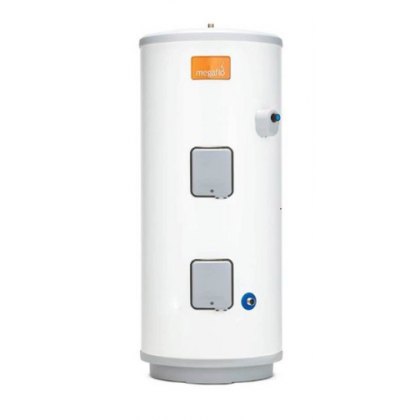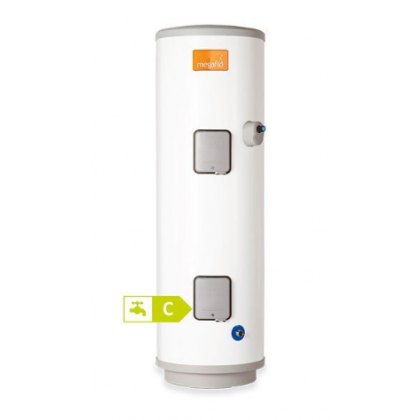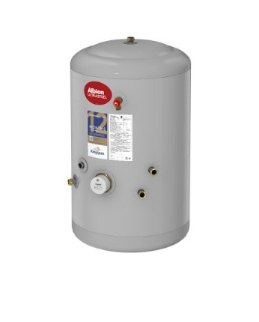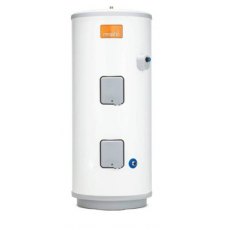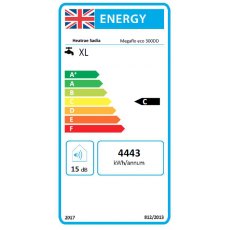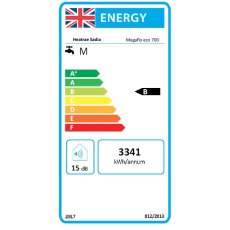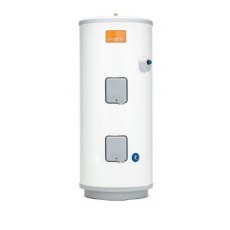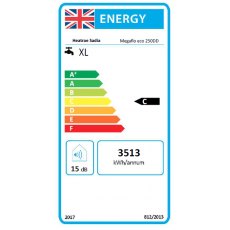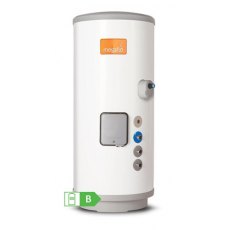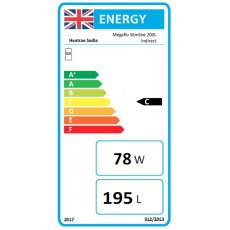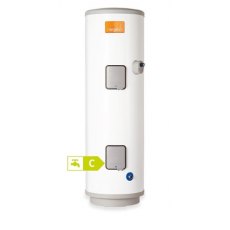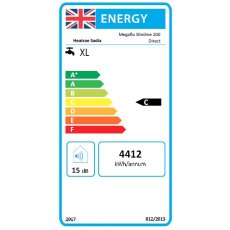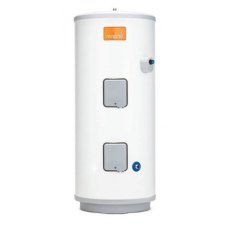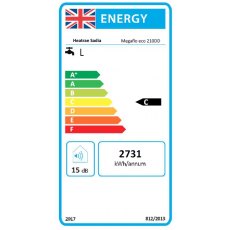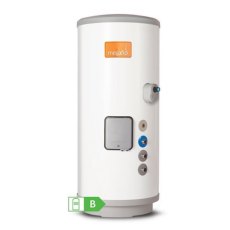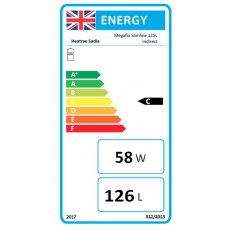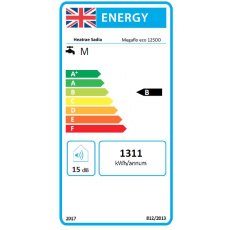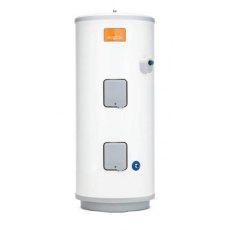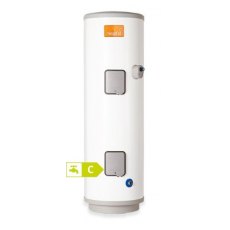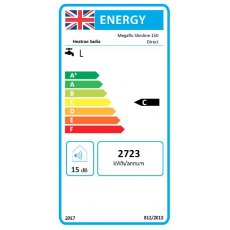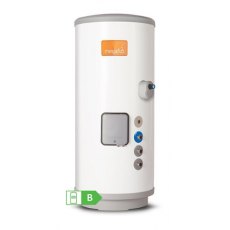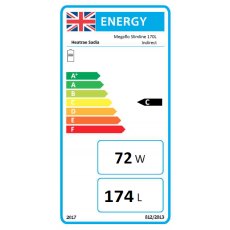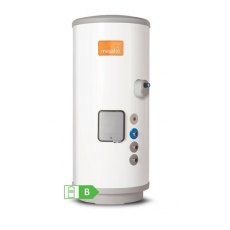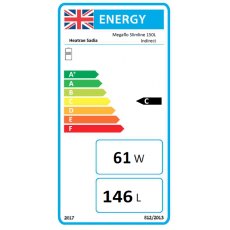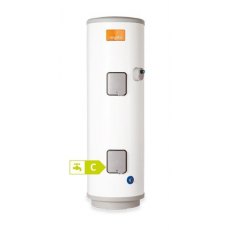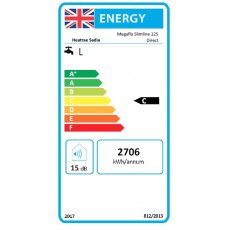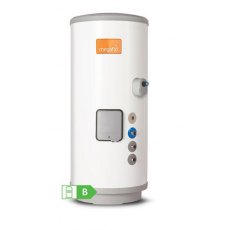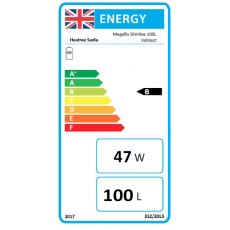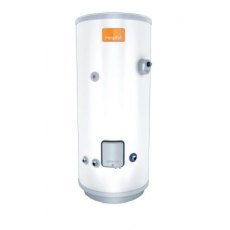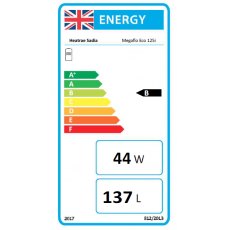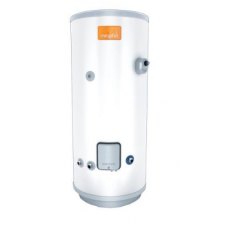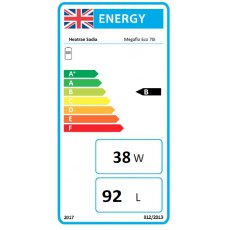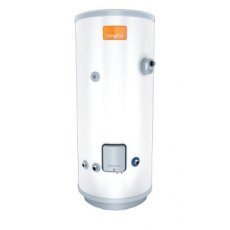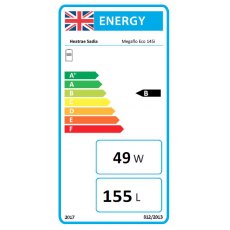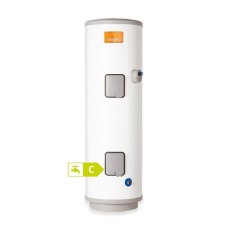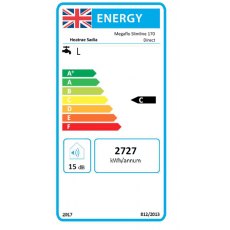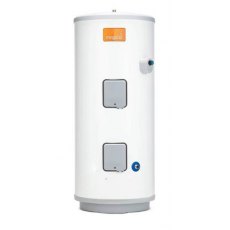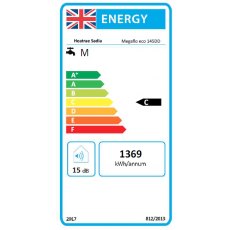Cylinders
We supply an extensive range of both high-quality stainless-steel and vented copper hot water cylinders to suit the needs of the Irish market.
We also supply a range of Albion Point of Use Electric Water heaters. These come in under-sink and over-sink options.
How does a Hot Water Cylinder work?
Most are heated by an external heat source such as a gas boiler or heat pump. The hot water is heated by the heat source and then travels through a copper coil in the hot water tank. The heat is then transferred from the external heat source to the water inside the hot water tank, which is then connected to a tap or shower outlet.
How do I know if my heating system is a vented or unvented system?
The main difference between a vented and an unvented system is the way the water supply works. With vented or “open” systems, the water supply comes from a cold water tank in the loft. This then uses gravity to carry the water via a “vent pipe”. The cylinder can be copper or stainless steel and usually lives in an airing cupboard. Because heated water expands, there needs to be somewhere for the expanded hot water to go. In the case of vented systems, the excess water will push back up the vent pipe and back into the tank in the loft.
With unvented systems, the water supply comes directly from the mains water. In the case of unvented systems, when the heated water expands, the expanded water goes into either a separate external expansion vessel (usually installed above the hot water cylinder), or the hot water cylinder itself has an internal expansion vessel. You’ll hear this referred to as a “bubble top”. As with vented cylinders, it can be copper or stainless steel and usually lives in an airing cupboard.
What do I need for my heating source?
When the only option for the property is to heat the cylinder electrically through an immersion heater, you need to select a “direct” cylinder. When you have a conventional boiler as a heat source, you need to select an “indirect” cylinder. When the property has rentable heat sources available, you need to select either a “solar indirect” or “heat pump” cylinder. Solar indirect cylinders feature two heat exchanger coils, one for connecting to the solar heat source and the other for connecting to a conventional boiler when insufficient solar energy is available.
When dealing with any unregulated heat source or there are multiple heat sources available, a “thermal store” will usually provide the best solution.
What size hot water cylinder do I need?
For those not familiar with hot water storage, it is important to remember it is usually held at about 60 °C but is intended to be mixed with cold water down to a usable temperature. A bath using 100 litres of hot water at 40 °C actually only equates to 60 litres at 60 °C. A shower can use 18 litres of hot water per minute at 40 °C, which is only 11 litres at 60 °C.
The following average consumption levels of hot water (40 °C) per person per day can be used as a guide:
- Low consumption = 20–30 litres
- Average consumption = 30–50 litres
- High consumption = 50–70 litres
What if I can’t fit a standard hot water cylinder in my airing cupboard?
With a smaller footprint-to-height ratio, slimline cylinders can often allow you to get through those narrow loft hatches or fit the cylinder in a tight airing cupboard. However, you will be compromising on energy efficiency slightly, as tall cylinders such as these lose more heat than shorter fatter cylinders.
Another space-saving solution, a horizontal cylinder, allows you to maintain capacity in situations where height restrictions apply. However, you should be aware they are marginally less energy efficient with slightly higher heat loss
Why does a hot water cylinder get too hot?
Click here to find out more information, as to the causes of why a hot water cylinder gets too hot.

 Login
Login